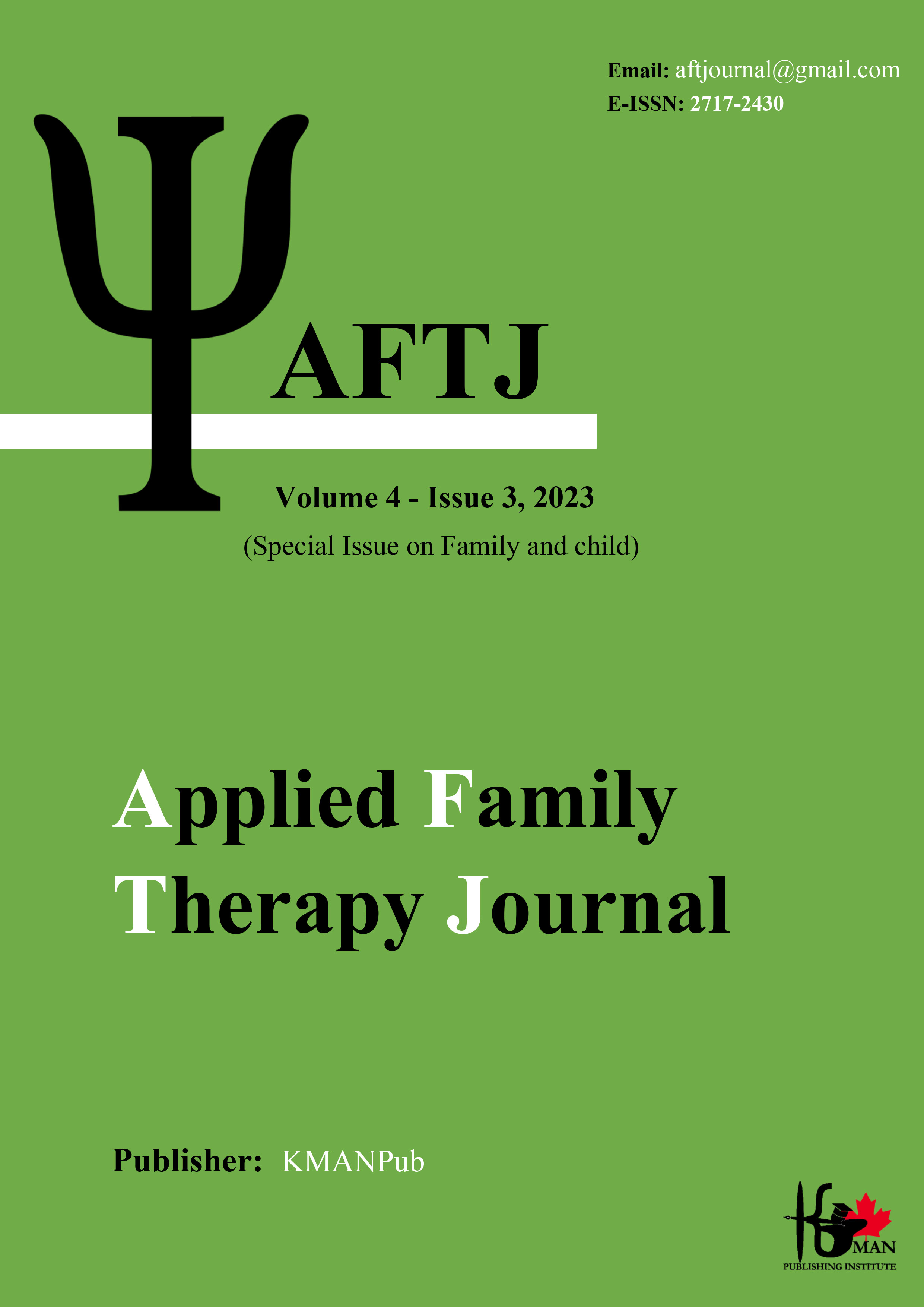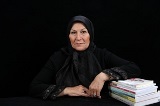Analyzing the lived experience of birth order in the communicational dimension based on the perspective of first children: a phenomenological study
Keywords:
Communication, Birth order, First child, PhenomenologyAbstract
Aim: This research was conducted with the aim of analyzing the live experience of birth order in the communicational dimension based on the perspective of the first children. Methods: The present research method is applied and qualitative type of phenomenology. The participants of this research included the first children of Isfahan city in 2022. The selection of the participants was continued in a targeted manner until the saturation point and finally the selection of the first 16 children and the participants were subjected to semi-structured interviews. In order to analyze the data, the Colaizzi theme analysis method was used. Results: Data analysis led to the identification of, 53 primary concepts 10 central themes and 3 main themes. The results showed that intra-family communication was classified into 6 themes of (continuity of relations with parents, separation of relations with parents, improvement of relations with other children, separation of relations with other children, satisfaction with marital relationship and repressed psychological needs). The second main theme of personal communication included (increasing and decreasing the quality of communication with oneself). Finally, the theme of social communication was classified into the sub-themes of (lack of social interest and limitation in friendships). Conclusion: Overall, the results showed that being the first child can affect various aspects of communication and create challenges in marriage, friendships, social and family relationships. Modifying interactive patterns and informing parents and children can be effective in preventing challenges. Because the order of birth plays an important role in the formation of intra-family and extra-family relationships
Downloads
Downloads
Published
Issue
Section
License

This work is licensed under a Creative Commons Attribution-NonCommercial 4.0 International License.



























